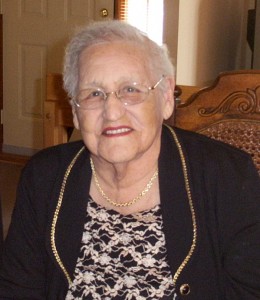David Pearson is a professor of earth sciences and science communication at Laurentian University. He can be reached at dpearson@laurentian.ca
Established in 1980, Northern Ontario Business provides Canadians and international investors with relevant, current and insightful editorial content and business news information about Ontario’s vibrant and resource-rich North. Ian Ross is the editor of Northern Ontario Business ianross@nob.on.ca.
For the web’s largest database of articles on the Ring of Fire mining camp, please go to: Ontario’s Ring of Fire Mineral Discovery
Hold it Mr. Hudak, hold it, let’s talk about this: “A Tim Hudak government will repeal Bill 191, the Far North Act, which effectively turns the North into a museum by banning development and killing potential jobs.” And while we’re on the subject we should add a comment that appeared in the last edition of this paper: the “First Nations hate Bill 191.”
Central to the Far North Act (Bill 191) are 31 isolated First Nation communities scattered across almost exactly half of Ontario’s land area reaching up to the coast of Hudson Bay. With a total population of just 24,000, of whom half are 16 or under, many families rely on fish, geese, and caribou they catch and hunt for themselves in their communities’
traditional territory. Without those communities there would not be a Far North Act.
The Act sets up a framework for communities to work with the Ontario government in developing land-use plans for their traditional territories based on the values, culture, and aspirations of the members of each community. The Act was also designed to enable communities to benefit from resource development through arrangements and on terms that are acceptable to the community and not simply driven by first-come, first-served external pressures.
Read more
























